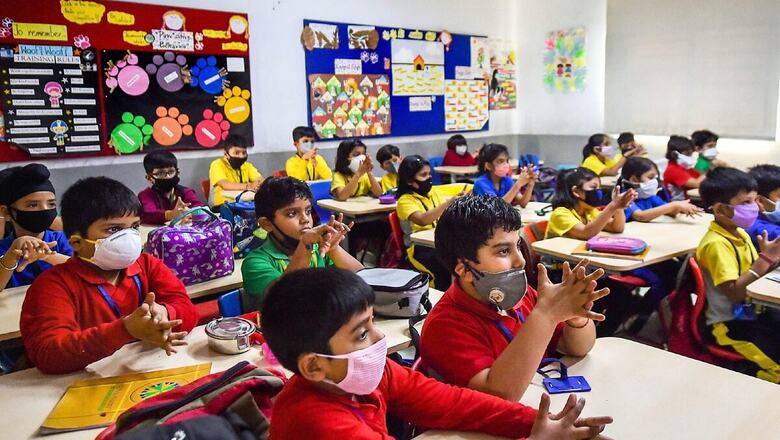
views
Vocational education in India will be pursued in collaboration with South Korea where students have much higher exposure to this stream. As per the 12th Five-year plan (2012–2017), less than 5% of the Indian workforce in the age group of 19–24 have received formal vocational education, while the percentage in South Korea is at a whopping 96%.
The Director of the National Council of Educational Research and Training, Hrushikesh Senapaty, re-imagining vocational education is the need of the hour. “We have collaborated with South Korea to help in introducing vocational education in Indian schools, from grade 6. There will be experiments and labs so we can think in a different and suitable way that is aligned with our local needs,” said Senapaty.
Delivering the keynote address in a national webinar on 21st-century skills- Implications for Vocational Education, by Ambedkar University of Delhi, Senapaty stressed on critical thinking, developing life and leadership skills, experiential learning with bag-less days as suggested in the NEP 2020.
Further emphasizing the data which showed, vocational education in the country is only exposed to 5% of school students he said, “There is a huge gap with countries like South Korea. We are giving vocational education from Class 9, which means a student gets only 1000 hours on vocational learning. We want education imparted in a proper way in line with the expectation by 2025, which is to expose 50% of the students to vocational education.”
From 1,000 hours on vocational education, we have to move towards students spending 2,000 hours. While a South Korea student spends 4000 hours on vocational education, he added.
In 2019 NCERT had hosted a workshop on educational cooperation between India and South Korea and held discussions on textbooks, curriculum, vocational education, and ICT.
According to the Organization for Economic Cooperation and Development (OECD) the VET institutions in South Korea are facing a dilemma as they “often see themselves as having a largely academic orientation but they are expected to provide job-ready recruits for the industry.”
The South Korean government is also trying to overcome the limits of school-industry partnerships, “school-industry partnerships are typically established to satisfy the needs of local firms rather than to provide broader occupation-specific and transferable skills. Beyond such local initiatives, there is little employer engagement in the initial VET system,” as per OECD.
The vision of the new National Education Policy 2020 on vocational education is aligned with the Sustainable Development Goals, which is to expose 50% of school learners to vocational education by 2025. And realize the full potential of India’s demographic dividend. The number of students in vocational education will be considered while arriving at the GER targets. The development of vocational capacities will go hand-in-hand with the development of ‘academic’ or other capacities, as per NEP.
The NEP has outlined the roadmap to pursuing this with a common guiding set of National Professional Standards for Teachers (NPST) to be developed by 2022.
While Senapaty stressed on relationships with industry, working on local needs and practice accordingly, Ambedkar University Vice-Chancellor Anu Singh spoke on the need to think beyond conventional education, and see what kind of jobs will be needed in 21st-Century and others might be phased out.
In light of the data acquired from the survey by the Ministry of Labor and Employment in 2013-14, Singh said “The survey assessing the skill capacity of the workforce in India had revealed that 30% Indian workforce is illiterate, 25% only primary level educated, 35% has attained education till the middle class and only 10% workforce vocationally trained.”
In this 10%, she said quoting the government data that 8% come through informal channels of education and only 2% skilled workforce enters through formal channels, with proper diplomas, degrees and other certifications.
The experts discussed diversifying and integrating vocational education and creating new jobs.
Read all the Latest News and Breaking News here












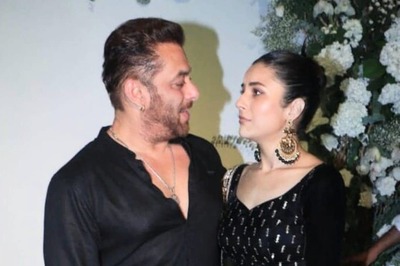
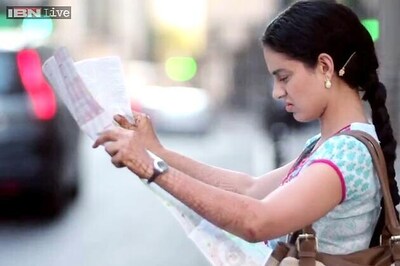



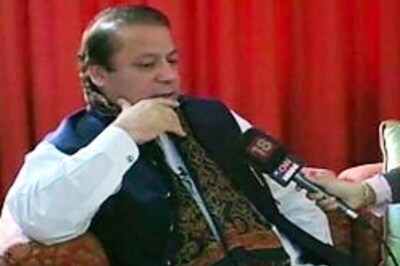
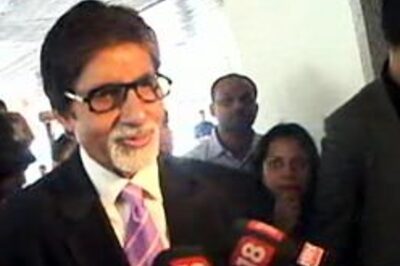

Comments
0 comment